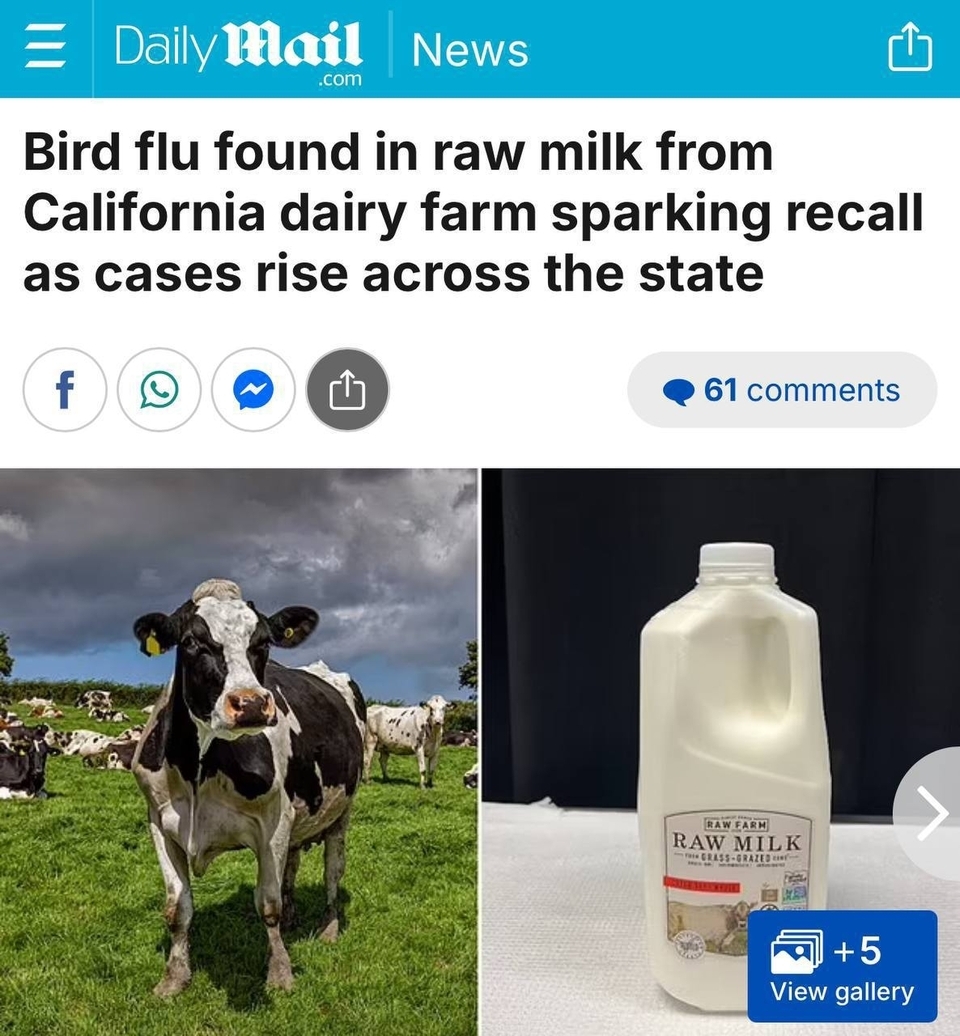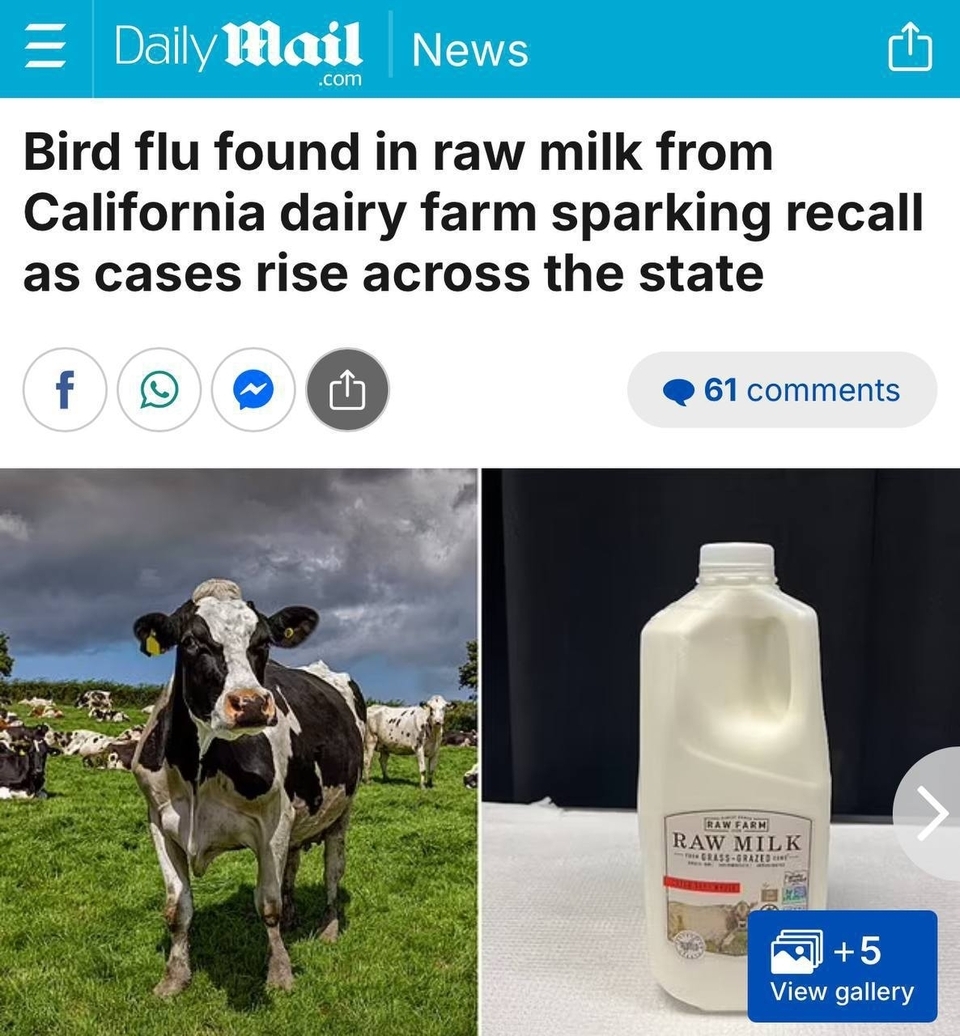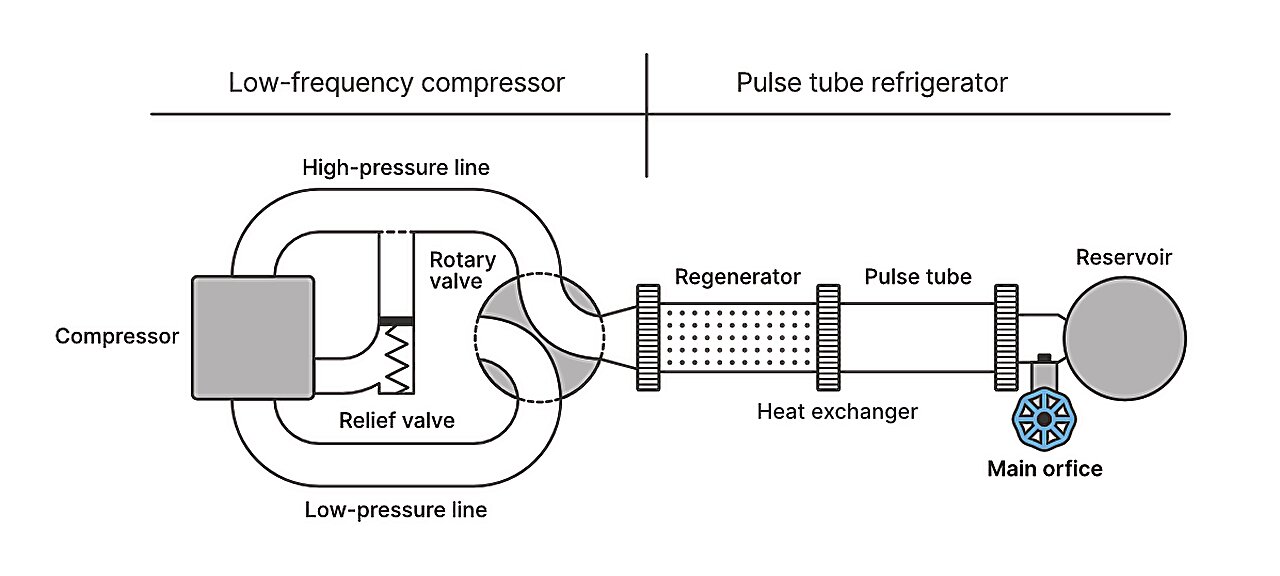The Dangers of Raw Milk: What the FDA Won't tell you
Years before refrigeration was widely available, dairy farmers knew the solution: place a silver dollar in the bottom of your milk pitcher. Silver kills bacteria and viruses within seconds of contact. My own grandmother used this when I was a child and we never got sick from drinking raw milk.
Milk as Medicine
Since ancient times, physicians like Hippocrates, Galen, Pliny and Varro have used raw milk to cure a wide range of diseases. Hippocrates advised tuberculosis sufferers to drink raw milk in quantity. In the Ayurvedic medicine of India, milk is used in the practice of brimhana meaning to “buck up” or nourish the body. It’s also used in rasayana to rejuvenate the body and in vajikarana, to promote sexual function and fertility. Physicians prescribed raw milk as a gentle laxative, to cool inflammation of ulcerated tissues, and as a galactagogue to increase milk production for the nursing mother. In the U.S., raw milk was used for one hundred fifty years to treat a wide range of conditions and is still used today in some hospitals in European and other countries.
In an 1884 paper read before a meeting of the American Medical Association, Dr. James Tyson provided a short history of the milk cure in Europe. Dr. Inozemtseff of Moscow wrote a book called Milk Cure in 1857, in which he describes the treatment of a thousand cases. In 1864, Dr. Philip Karell read a paper on the milk cure before the medical society of St. Petersburgh. Said Karell: “With regard to my own practice I have, after fruitlessly trying all sorts of remedies in many chronic and obstinate diseases, at last succeeded in bringing the elementary [alimentary] canal, that seat of so many diseases, under my control. I did this by administering milk according to a new method.” In treating digestive disease, liver problems, asthma and other lung disorders, nervous diseases he concluded,"... in all these cases I consider milk as the best and surest of remedies.” Physicians had similar success in Germany and France.
Silas Weir Mitchell, MD, specialist in treating nervous disorders during and after the Civil War, advocated a treatment that consisted primarily in isolation, confinement to bed, dieting, electrotherapy and massage--popularly known as “Dr Diet and Dr Quiet.” Mitchell advocated a high-fat diet to his patients, mostly women, and large quantities of milk. He suggested that his patients consume two quarts or more of milk a day.
https://www.realmilk.com/milk-as-medicine/
Silver is a well-documented antimicrobial
Silver is a well-documented antimicrobial, that has been shown to kill bacteria, fungi and certain viruses. It is the positively charged silver ions (Ag+) that possess the antimicrobial effect21, 22. Silver ions target microorganisms through several different modes of action.
https://www.coloplast.com/products/wound/articles/silver-a-powerful-weapon-against-microbes/
Colloidal Silver: Where to Buy it
https://bio-alternatives.net/buysilver.htm
Years before refrigeration was widely available, dairy farmers knew the solution: place a silver dollar in the bottom of your milk pitcher. Silver kills bacteria and viruses within seconds of contact. My own grandmother used this when I was a child and we never got sick from drinking raw milk.
Milk as Medicine
Since ancient times, physicians like Hippocrates, Galen, Pliny and Varro have used raw milk to cure a wide range of diseases. Hippocrates advised tuberculosis sufferers to drink raw milk in quantity. In the Ayurvedic medicine of India, milk is used in the practice of brimhana meaning to “buck up” or nourish the body. It’s also used in rasayana to rejuvenate the body and in vajikarana, to promote sexual function and fertility. Physicians prescribed raw milk as a gentle laxative, to cool inflammation of ulcerated tissues, and as a galactagogue to increase milk production for the nursing mother. In the U.S., raw milk was used for one hundred fifty years to treat a wide range of conditions and is still used today in some hospitals in European and other countries.
In an 1884 paper read before a meeting of the American Medical Association, Dr. James Tyson provided a short history of the milk cure in Europe. Dr. Inozemtseff of Moscow wrote a book called Milk Cure in 1857, in which he describes the treatment of a thousand cases. In 1864, Dr. Philip Karell read a paper on the milk cure before the medical society of St. Petersburgh. Said Karell: “With regard to my own practice I have, after fruitlessly trying all sorts of remedies in many chronic and obstinate diseases, at last succeeded in bringing the elementary [alimentary] canal, that seat of so many diseases, under my control. I did this by administering milk according to a new method.” In treating digestive disease, liver problems, asthma and other lung disorders, nervous diseases he concluded,"... in all these cases I consider milk as the best and surest of remedies.” Physicians had similar success in Germany and France.
Silas Weir Mitchell, MD, specialist in treating nervous disorders during and after the Civil War, advocated a treatment that consisted primarily in isolation, confinement to bed, dieting, electrotherapy and massage--popularly known as “Dr Diet and Dr Quiet.” Mitchell advocated a high-fat diet to his patients, mostly women, and large quantities of milk. He suggested that his patients consume two quarts or more of milk a day.
https://www.realmilk.com/milk-as-medicine/
Silver is a well-documented antimicrobial
Silver is a well-documented antimicrobial, that has been shown to kill bacteria, fungi and certain viruses. It is the positively charged silver ions (Ag+) that possess the antimicrobial effect21, 22. Silver ions target microorganisms through several different modes of action.
https://www.coloplast.com/products/wound/articles/silver-a-powerful-weapon-against-microbes/
Colloidal Silver: Where to Buy it
https://bio-alternatives.net/buysilver.htm
The Dangers of Raw Milk: What the FDA Won't tell you
Years before refrigeration was widely available, dairy farmers knew the solution: place a silver dollar in the bottom of your milk pitcher. Silver kills bacteria and viruses within seconds of contact. My own grandmother used this when I was a child and we never got sick from drinking raw milk.
Milk as Medicine
Since ancient times, physicians like Hippocrates, Galen, Pliny and Varro have used raw milk to cure a wide range of diseases. Hippocrates advised tuberculosis sufferers to drink raw milk in quantity. In the Ayurvedic medicine of India, milk is used in the practice of brimhana meaning to “buck up” or nourish the body. It’s also used in rasayana to rejuvenate the body and in vajikarana, to promote sexual function and fertility. Physicians prescribed raw milk as a gentle laxative, to cool inflammation of ulcerated tissues, and as a galactagogue to increase milk production for the nursing mother. In the U.S., raw milk was used for one hundred fifty years to treat a wide range of conditions and is still used today in some hospitals in European and other countries.
In an 1884 paper read before a meeting of the American Medical Association, Dr. James Tyson provided a short history of the milk cure in Europe. Dr. Inozemtseff of Moscow wrote a book called Milk Cure in 1857, in which he describes the treatment of a thousand cases. In 1864, Dr. Philip Karell read a paper on the milk cure before the medical society of St. Petersburgh. Said Karell: “With regard to my own practice I have, after fruitlessly trying all sorts of remedies in many chronic and obstinate diseases, at last succeeded in bringing the elementary [alimentary] canal, that seat of so many diseases, under my control. I did this by administering milk according to a new method.” In treating digestive disease, liver problems, asthma and other lung disorders, nervous diseases he concluded,"... in all these cases I consider milk as the best and surest of remedies.” Physicians had similar success in Germany and France.
Silas Weir Mitchell, MD, specialist in treating nervous disorders during and after the Civil War, advocated a treatment that consisted primarily in isolation, confinement to bed, dieting, electrotherapy and massage--popularly known as “Dr Diet and Dr Quiet.” Mitchell advocated a high-fat diet to his patients, mostly women, and large quantities of milk. He suggested that his patients consume two quarts or more of milk a day.
https://www.realmilk.com/milk-as-medicine/
Silver is a well-documented antimicrobial
Silver is a well-documented antimicrobial, that has been shown to kill bacteria, fungi and certain viruses. It is the positively charged silver ions (Ag+) that possess the antimicrobial effect21, 22. Silver ions target microorganisms through several different modes of action.
https://www.coloplast.com/products/wound/articles/silver-a-powerful-weapon-against-microbes/
Colloidal Silver: Where to Buy it
https://bio-alternatives.net/buysilver.htm
0 Reacties
0 aandelen
680 Views











